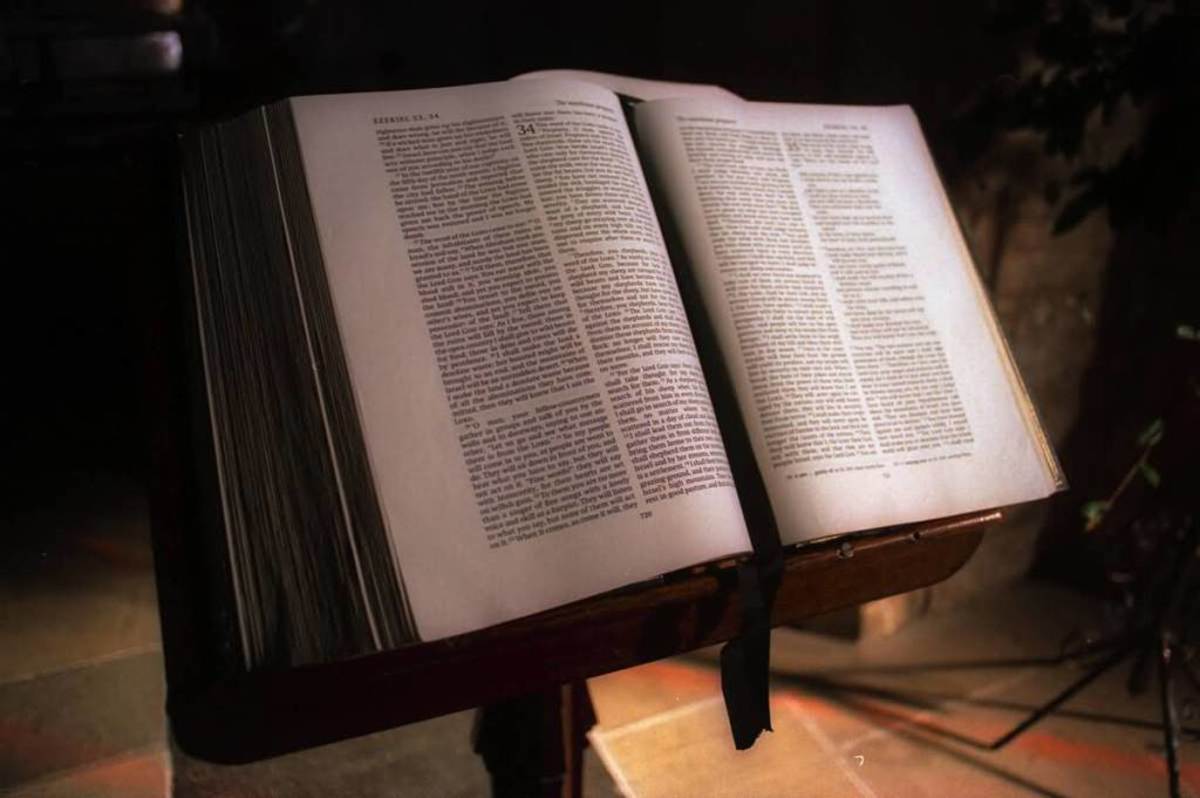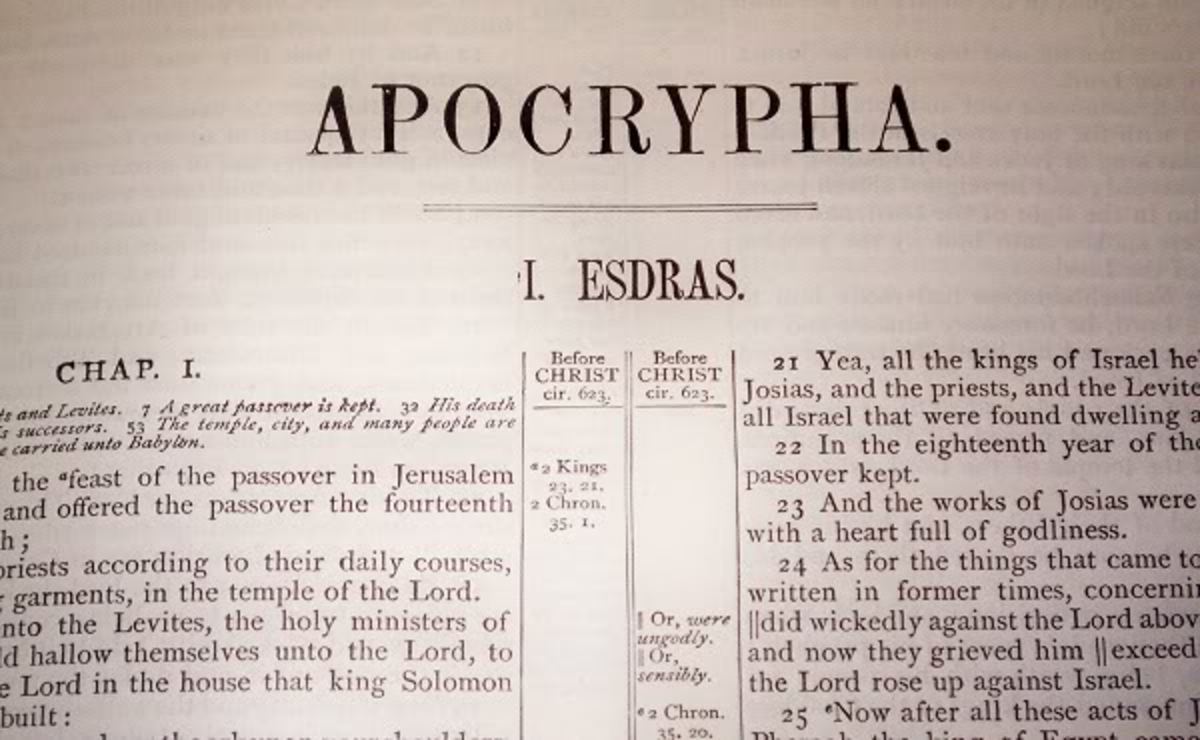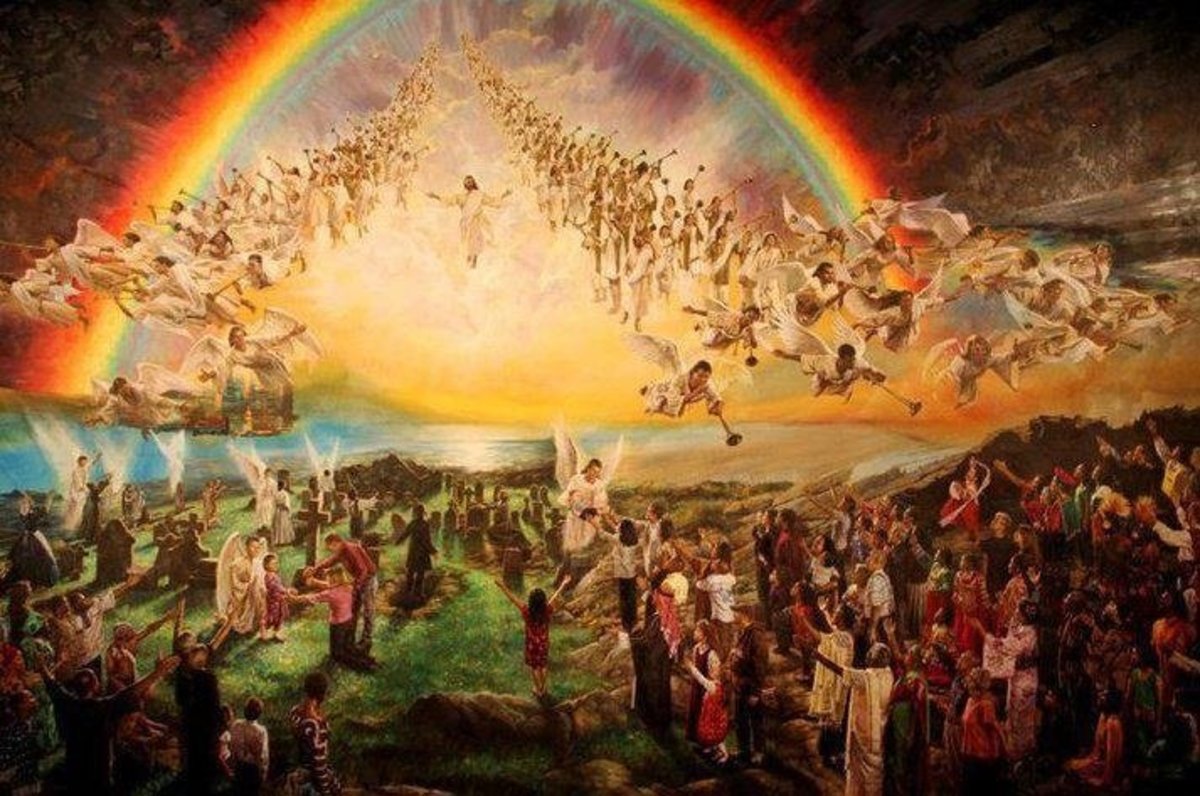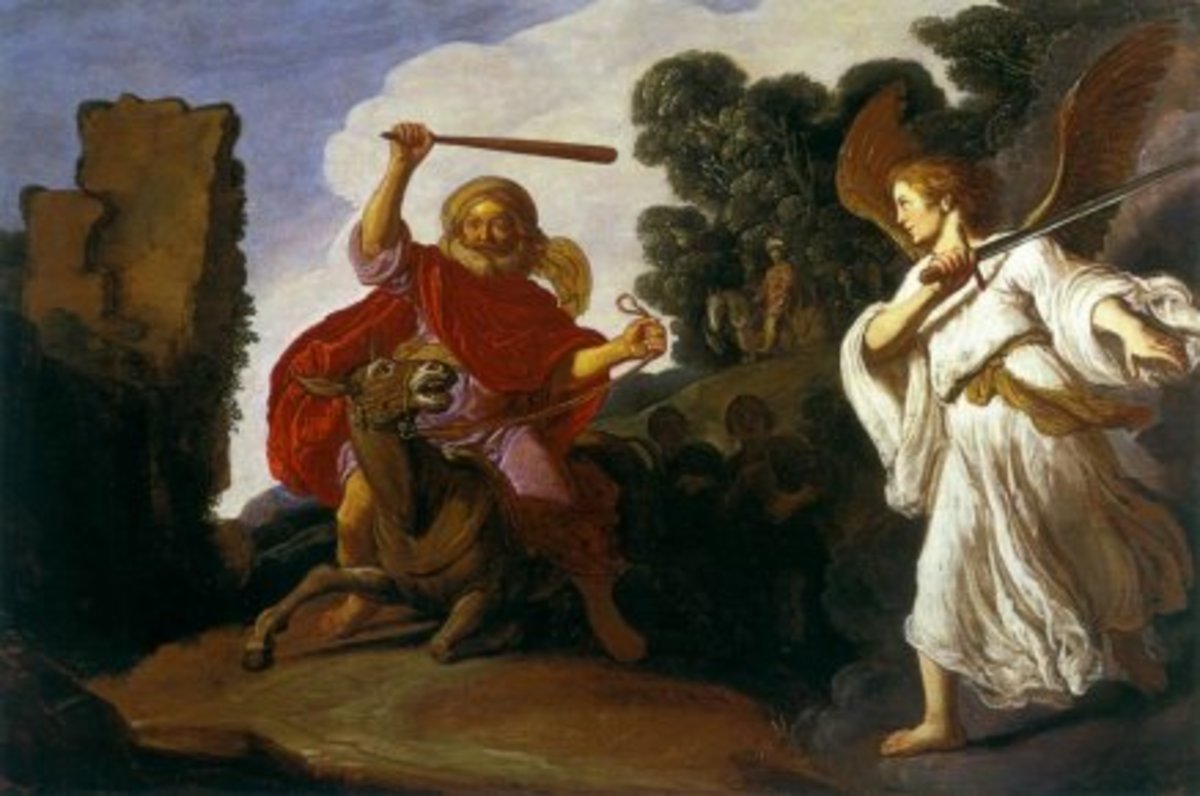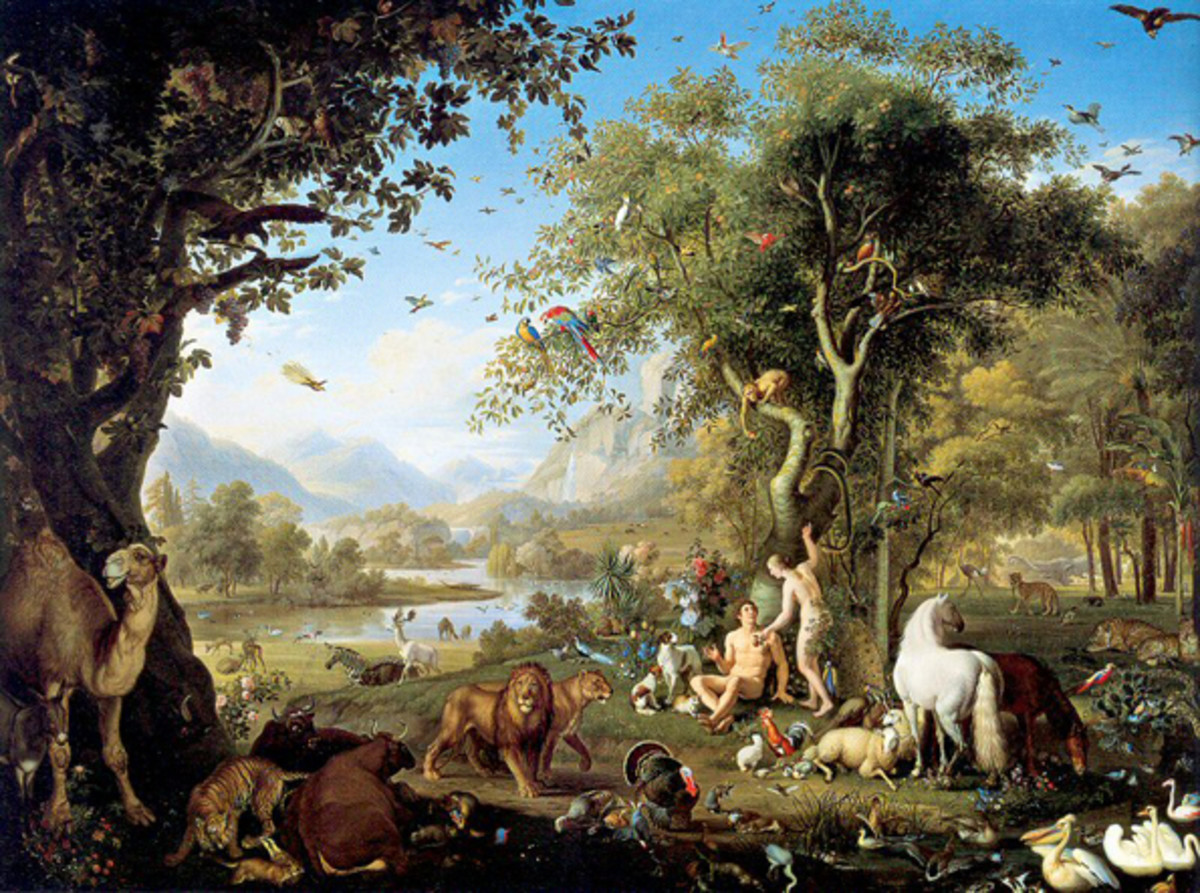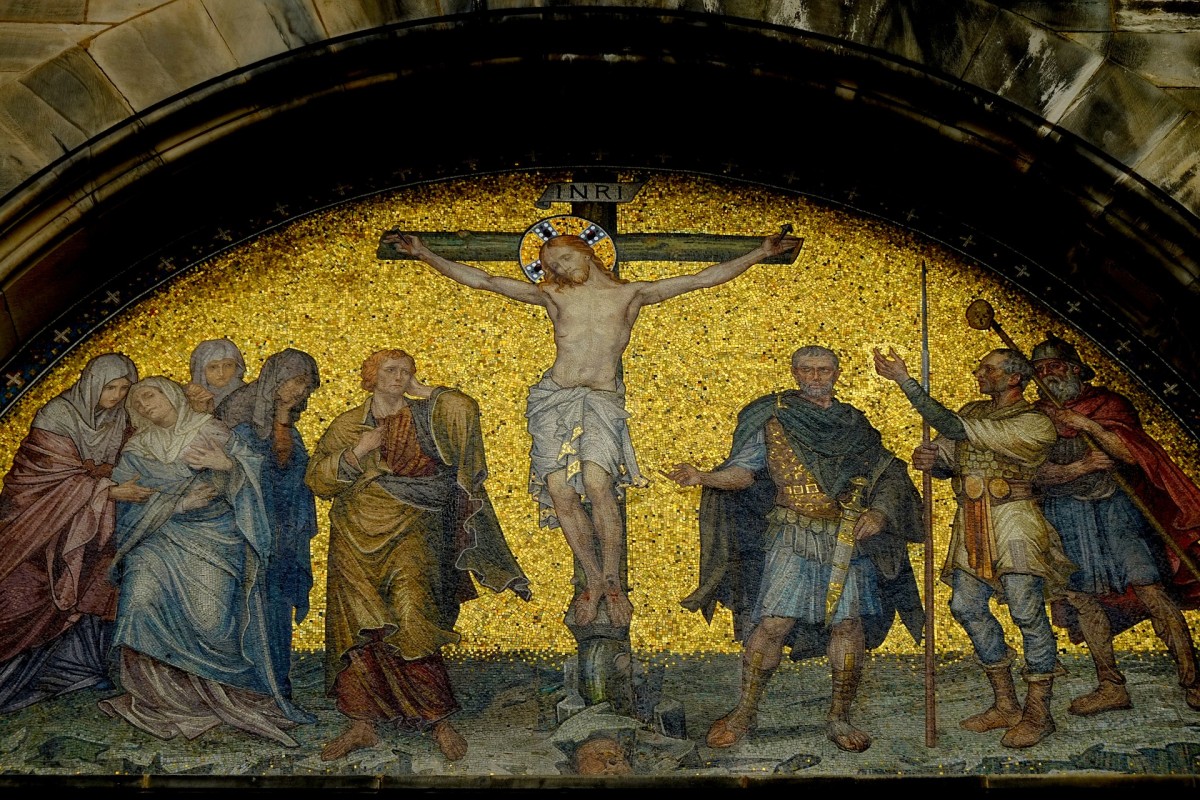The Biblical Canon

TheBiblical Canon
The word “canon” comes from the Greek Word kanon which is a straight rod used to measure a carpenter’s rule. A Biblical canon is a list of books considered as authoritative as Scripture by a particular religious community. It is used to describe the books that are divinely inspired and therefore belong in the Bible.
Determining the canon was a process, first by Jewish rabbis and scholars then leter by early Christians. Ultimately it was God who decided what books belonged in the Biblical canon. A book of Scripture belonged in the canon from the moment God inspired its writing. It was simply a matter of God convincing and guiding His human followers which books should be included in the Bible.
The Challenge of the Disqualified Books.
There were two groups of writings that were not included in the canon.
Gnostic Gospels.
These writings were written by false Christians or referred as early Christian Gnostics. These Gnostic Christians held doctrines which are erroneous or heretic in nature. They held a distinctively different view of the Bible, of JesusChrist, of salvation, of every major Christian doctrine. These writings did not contain the writings of the Apostles to give legitimacy to theirbeliefs.
Apocryphal writings.
Fake texts which unlike the Gnostic gospels are known since ancient times and that the early jewish and Christian leaders regarded as tales hatched in fertile imaginations. History shows that legends always develop around some famous figures. We should not be surprised that some people would attach superstitions to Jesus that have no basis in fact.There were dozens of writings in circulation when the New Testament was assembled, many of them asserting to be alternate stories about Jesus. A few even vie for a position in the canon.
Some of these books disqualified from the Bible canon teach that :
When Jesus was a boy, he killed a child by pushing him off a roof, and when accused, responded by using his power to raise him from the dead.It teaches here Jesus apparently used his power for mischievous personal reasons until he grew up and only then used his divine powers to accomplish good.
After the Fall, Adam devised a plan for Eve and him to return to the Garden of Eden by standing in different rivers. He stood in the River Jordan for 40 days and Eve being weaker , was supposed to stand in the Tigris Riverfor 34 days. But the devil appeared to her again, and she came out of the water on the 18th day, ruining the plan and incurring Adam’s deep displeasure.
In hell blasphemous are hung up by their tonques and fornicators by their genitals. But if people ask God for deliverance, all of hell will be emptied. However no one is to know this, because if they do, they will sin even more.
Old Testament Canon
When God authorized the writing of a manuscript and the people of God recognize it as such, it was preserved. As it is written in Exodus 24:4,’ Moses then wrote down everything the Lord had said.’The number of books increased through time and subsequent generation honored them as the Word of God.In Daniel 9:2, the Book of Jeremiah was acknowledged as Word of God. In Nehemiah 9:14,26-30, the Law of Mosesand the Book of the Prophets were acknowledged as Word of God. Not all Jewish literature was considered part of the list of inspired books. These books did not survive so we are not familiar with their content.
As the canon grew in size, it often was described with the phrase “Moses and the Prophets. Later it was referred to as “the Law, Prophets, and the Writings or the Psalms.” Jesus Himself alluded to this threefold division of the Old Testament canon.
At one time or another, the canonicity of five old testament books was questioned by some. These books are Song of Solomon, Ecclesiastes, Esther. Proverbs, Ezekiel. However, most of the Jewishscholars did not doubt these books. They were regarded as canonical soon after they were written, and when properly interpreted are in complete harmony with the rest of the Old Testament. The centuries have proven the wisdom of keeping them within the bIblical canon.
The Jews agreed that the Old Testament Canon is closed in about 400 BC with the prophecy of Malachi. The period between the Old Testament and the New Testament is often regarded as the 400 Silent Years. During this period of time, God was not speaking directly to His people, and no words of His were written.
The Christian Old Testament is the same Hebrew Old Testament accepted by the Jews. This is the same canon that Christ ratifiedby His frequent references to the Old Testament as the unbreakableWord of God. Because of His approval of these books, we can believe that the Old Testament Canon is authoritative and closed. As read in Matthew 5 :17 – 18, Jesus had a high regard to the Laws and prophecies.
In this process,we see the providence of God as He worked among His peopleand through history in giving and preserving His Word. A council met in Jamnia in AD 90and the canon of the Old Testament was on its agenda, but it only ratified the books that the Jews had accepted five centuries earlier.
The New Testament Canon
The same authority that was noted in the Old Testament is ascribed to the writers of the New Testament. Jesus commissioned the disciples to pass the truth He taught them. The authority of the New Testament writers is not founded in human brilliance but is rooted in the character of God, Letters from the Apostles were written and received in the churches. Copies were made and circulated. A growing group of books developed that were recognized as inspired. From the earliest times the church had a function canon. Some books were accepted as authoritative even when others were not yet written.
By the end of the first century all 27 books in our present New Testament canon had been written and received bythe churches. Some of the canonical lists are incomplete but this should notbe interpreted that some books were rejected. It only means that some books have not reached certain areas due to geographical diversity of its destination and origins.
As indication of both agreement and widespread acceptance of the New Testament books, we should note that a generation after the end of the apostolic age, every book of the Old Testament had been cited as authoritative by some church fathers.
A heretic named Marcion, in opposition to the Christian writings, came out with his own version of the Scriptures in 135 AD.Being anti-Jewish and against Biblical Law, he eliminated the Old Testament and chose only the New Testament books that suited his beliefs. The church responded and declared what books are authoritative. A document called Muratorian Fragment, dating back to 175 AD evaluates the canonical books along with those that were rejected. However some parts of this aged document were damaged. Neverthelss, scholars can still identify a list of 23 out of ourpresent 27 books. It also identified fake documents that were ascribed to the Apostle Paul.
Remaining doubts or debates over certain books continued into the fourth century. As far as historians know, the first time the list of 27 books appeared is in an Easter letter by Athanasius,an outstanding leader of the church in 367 AD.The 27 books of the New Testament were ratified by the council of Hippo in 393 ADand the Third Council of Carthage in 367 AD. The various books were not accepted or rejectedby a councilor committee.The process was not what the Da Vinci Code described as power grab. Councils only endorsed what the church had already done centuries before. No council or pope imposed upon the churches books that the people of God had rejected.
The Criteria For Acceptance
Authority.
The book is written by prophets, apostles and other men of God or by those who were closely associated with them, thus bearing their approval and authority.
Agreement.
The book’s teachings were canonizedwith the rule of faith as embodi edin the Old testament prophets and the New Testament apostles.
Acceptance.
The document had to be widespread and continuously received . There should be general concernsamong the community of believers that is is inspired and authoritative.
The Credibilty of the Canon
Could the church have erred in choosing what books to be included in the canon ?
We believe that it was a fallible church that chose what we believe to be an infallible list of books that comprise the New Testament.We have a basis for this :
No other books have made a convincing claim for inclusion in the New Testament Canon. The Gnostic Gospels and Apocryphal Writings simply fail the test.
Circumstancial evidence shows that God guides the process of selecting those books that the church agreed were canonical. Given the geographical distances, the limitation of communications and the diverse background of the churches, such agreement is remarkable.
God can guide a fallible church to make infallible list of booksin the same way God can use fallible men to write the infallible Scripture.
SoURCE :
How We Got Our Bible from the MacArthur Study Bible by John MacArthur

